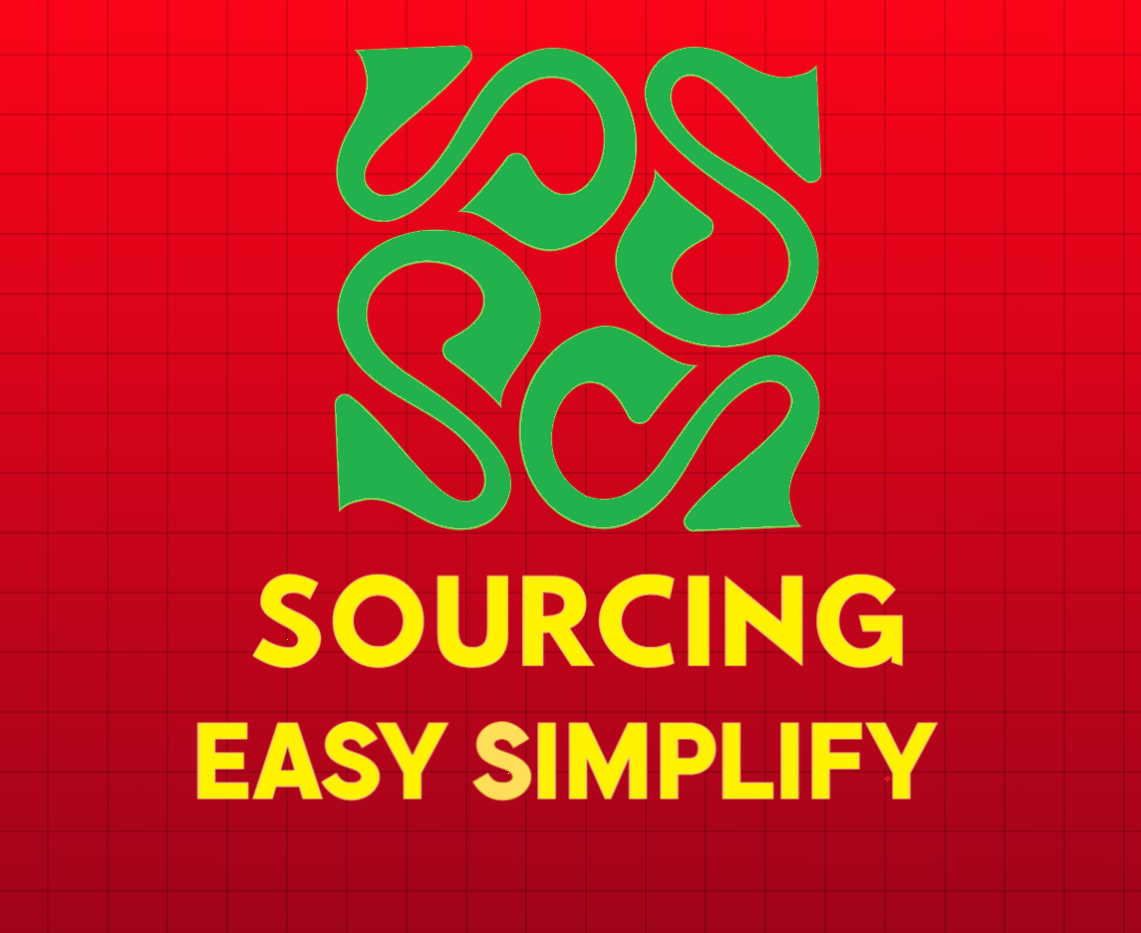Doing Business in China
China remains the world’s manufacturing powerhouse, offering competitive pricing, vast production capacity, and rapid turnaround times. But doing business with Chinese suppliers isn’t just about placing orders—it’s about navigating cultural nuances, legal safeguards, and strategic communication. Here’s your essential guide to building strong, profitable relationships in international trade.
Build relationships first—not just transactions:
In China, business is deeply rooted in guanxi (关系), the concept of personal relationships and trust.
Start with rapport: attend trade shows, schedule video calls, and engage in small talk before diving into business.
Show long-term interest: suppliers value repeat business and loyalty over one-off deals.
Respect hierarchy: decisions are often made by senior managers—match your team’s rank accordingly.
Use clear, binding contracts:
Verbal agreements and chat messages won’t hold up in court. Protect yourself with detailed written contracts.
Specify everything: product specs, delivery timelines, payment terms, inspection protocols.
Verify the legal entity: ensure the company name on the contract matches the actual manufacturer—not a shell company.
Communicate clearly and respectfully:
Language barriers and cultural differences can lead to costly misunderstandings.
Avoid idioms and slang: use simple, direct language.
Confirm everything: double-check specs, timelines, and expectations.
Be patient: negotiations may take time—don’t rush or pressure.
Negotiate smartly—but fairly:
Chinese suppliers expect negotiation, but it’s an art form. Avoid aggressive bargaining—it can damage trust and lead to poor service later.
Prioritize quality control:
Don’t assume quality—verify it.
Use third-party inspections: before shipment, especially for first orders.
Request samples: test before committing to large volumes.
Define standards: reference international benchmarks like CE, FDA, or Chinese GB codes.
Choose the right payment method:
Protect your funds and reduce risk.
Letter of Credit (L/C): safer but more complex.
Telegraphic Transfer (T/T): common, but ensure the bank account matches the supplier’s legal name.
Pay in Yuan (CNY): avoid USD conversion fees and build goodwill
Clarify delivery terms:
Use incoterms to define who handles shipping, insurance, and customs.
FOB (Free on board): supplier handles local transport and export.
CIF (Cost, insurance, freight): supplier covers shipping and insurance.
DDP (Delivered duty paid): supplier handles everything—ideal for first-time importers.
Working with Chinese suppliers can unlock massive value—but only if approached with strategy, respect, and diligence. Treat your supplier as a partner, not just a vendor. The stronger your relationship, the smoother your supply chain.
Want help? We’d be happy to walk you through it.
